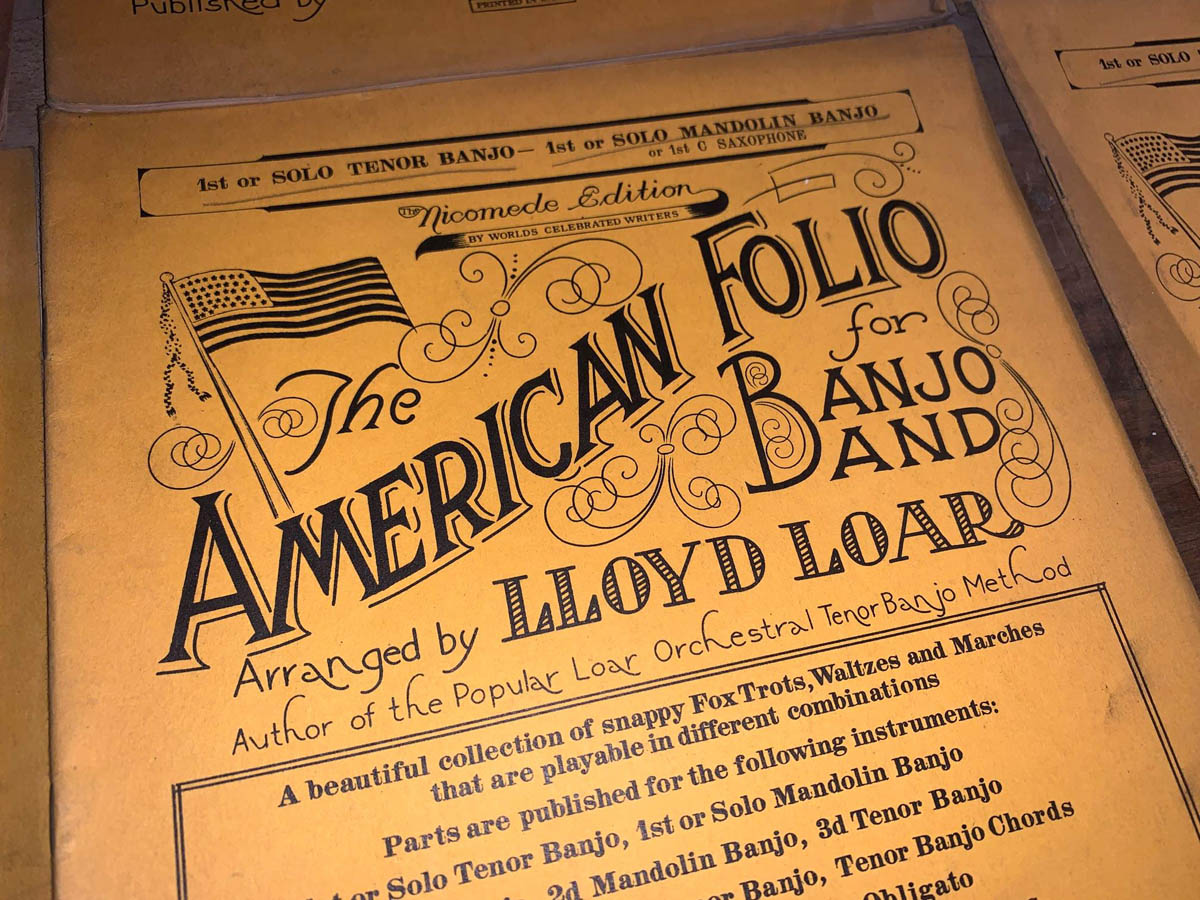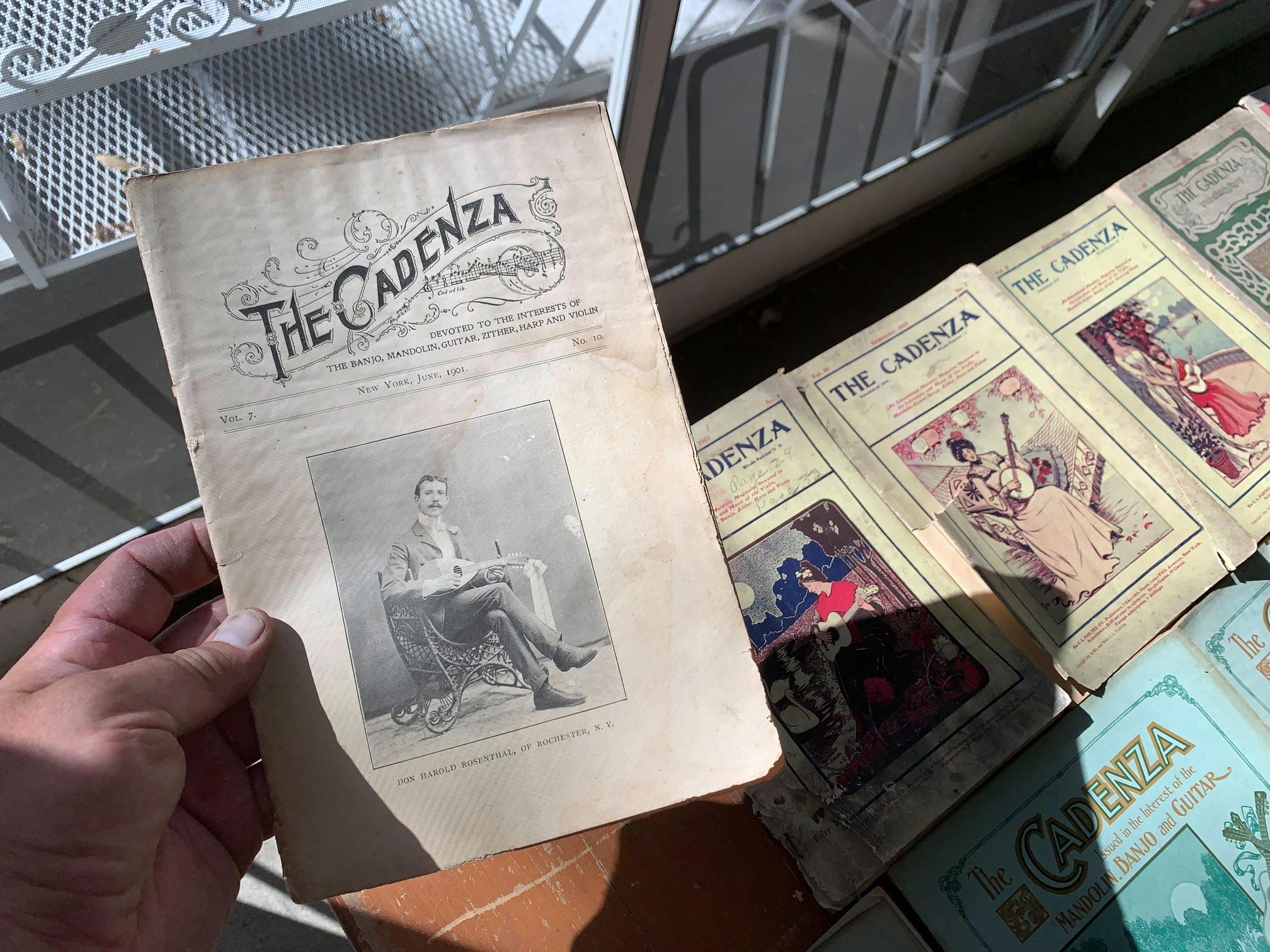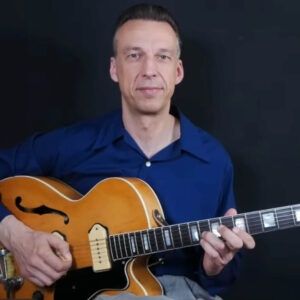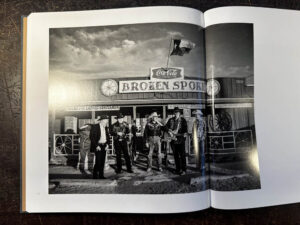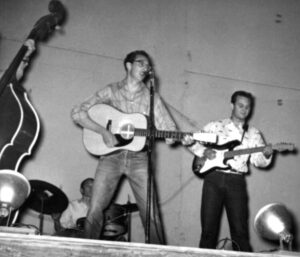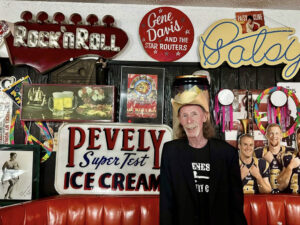I spent pretty much all day today sorting a large group of ancient music magazines from the early 1900s through the 1930s. I’m hoping to get these to Lynn Wheelwright, who is really the expert on early electric instruments and so many prewar guitars, steel guitars, and the like. This stuff is really out of my wheelhouse and my field of interest, but even so, I found it riveting.

It’s pretty fascinating doing a deep dive into the music industry, and the tastes of the American public, one hundred years ago. Some of these magazines read like something you could find today, even when talking about opera singers, banjo soloists, or mandolin orchestras. Other things seem like they happened a thousand years ago. When you’re reading an issue of The Crescendo from 1903, it’s full of ads for guitars and banjos and mandolins and drums and seems fairly contemporary until you realize that automobiles didn’t exist beyond a few prototypes, the telephone barely existed, and electricity was a new concept that hadn’t really been implemented yet, not to mention indoor plumbing.
The most fascinating stuff in this large batch of vintage magazines is a series of articles about acoustics written by Gibson mandolin and guitar legend (and Vivi-Tone electric pioneer) Lloyd Loar, written for Jacob’s Orchestra Monthly in 1924. What that guy already knew in 1924 is pretty shocking.
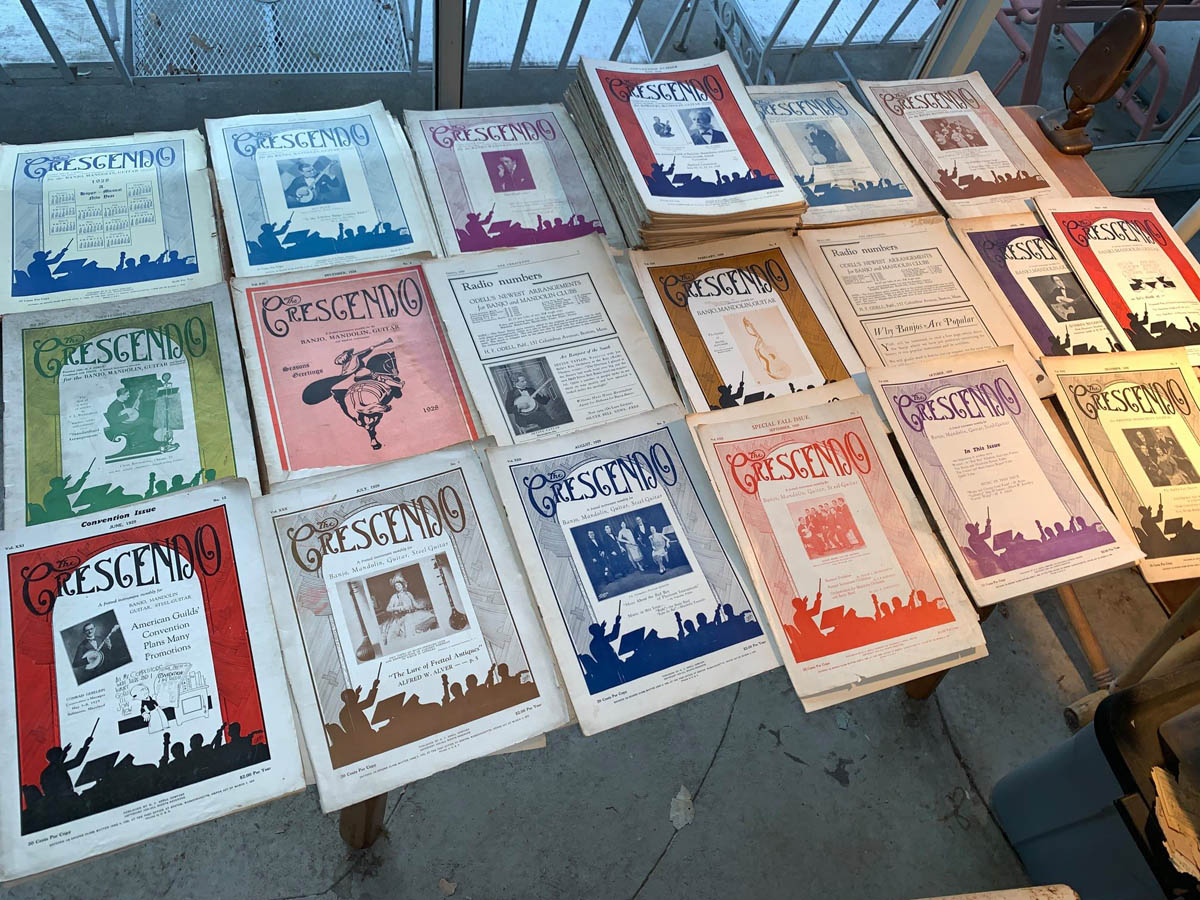
Also, I have no idea If I’m revealing a huge “scoop” or if this is something that others have already uncovered, but…it sure seems like the issue of Jacob’s Orchestra Monthly from September 1925 is the first announcement of electrified musical instruments ever in print, though it’s all in incredibly interesting code (“MYSTERIO”) without ever actually saying “electric Instrument” out loud:
“For the past few years, after leaving the Gibson Company, ‘Lewie’ (L.A. Williams) of Kalamazoo, Michigan, has devoted all of his time to radio research and development. What we heard is one result. He calls it “Mysterio,” which describes it exactly but doesn’t define it at all. Williams has this to say about it:
“It is based primarily on the fact that the great musical achievements of the future will come through the fluidity of matter rather than only through the rigidity of matter with its action and re-action through the stresses, strains and resistances of musical Instrument building and tonal production. . . . It will therefore be seen that an unexplored world of tonal accretion Is just in the offing fairly beckoning, urging, saying—come, see, hear.
“To illustrate: we will say I am interested In the tone of a ‘cello, but I am interested more in the tones of 100,000 ‘cellos; but most interested in the perfect tone of a 100,000 ‘cello (singular, not plural)—100,000 candle power is preferable to 100,000 candles.
“Teachers have thought the guitar a parlor instrument, but the Mysterio can make it fill Grand Central Park, not by radio—and that is the part you didn’t expect—but by Mysterio, this little machine right here. What we need to learn Is how to pull the lever that moves the train Instead of how to push the cars.
“This article is in a way rather premature. No publicity has been released as yet for MYSTERIO; only those who’ve heard it know there is such a thing. They are as deeply impressed as we were and are. Those who can get it are installing MYSERIO, regardless of what radio set or talking machine they have. MYSTERIO will cost comparatively little to install and almost nothing to operate. It’s certainly a big thing, big enough to revolutionize the entire radio and talking machine industries. When It has done this, you can have the satisfaction of knowing that you read the FIRST public announcement of that revolutionary twenty-first century product—MYSTERIO—in this magazine.”
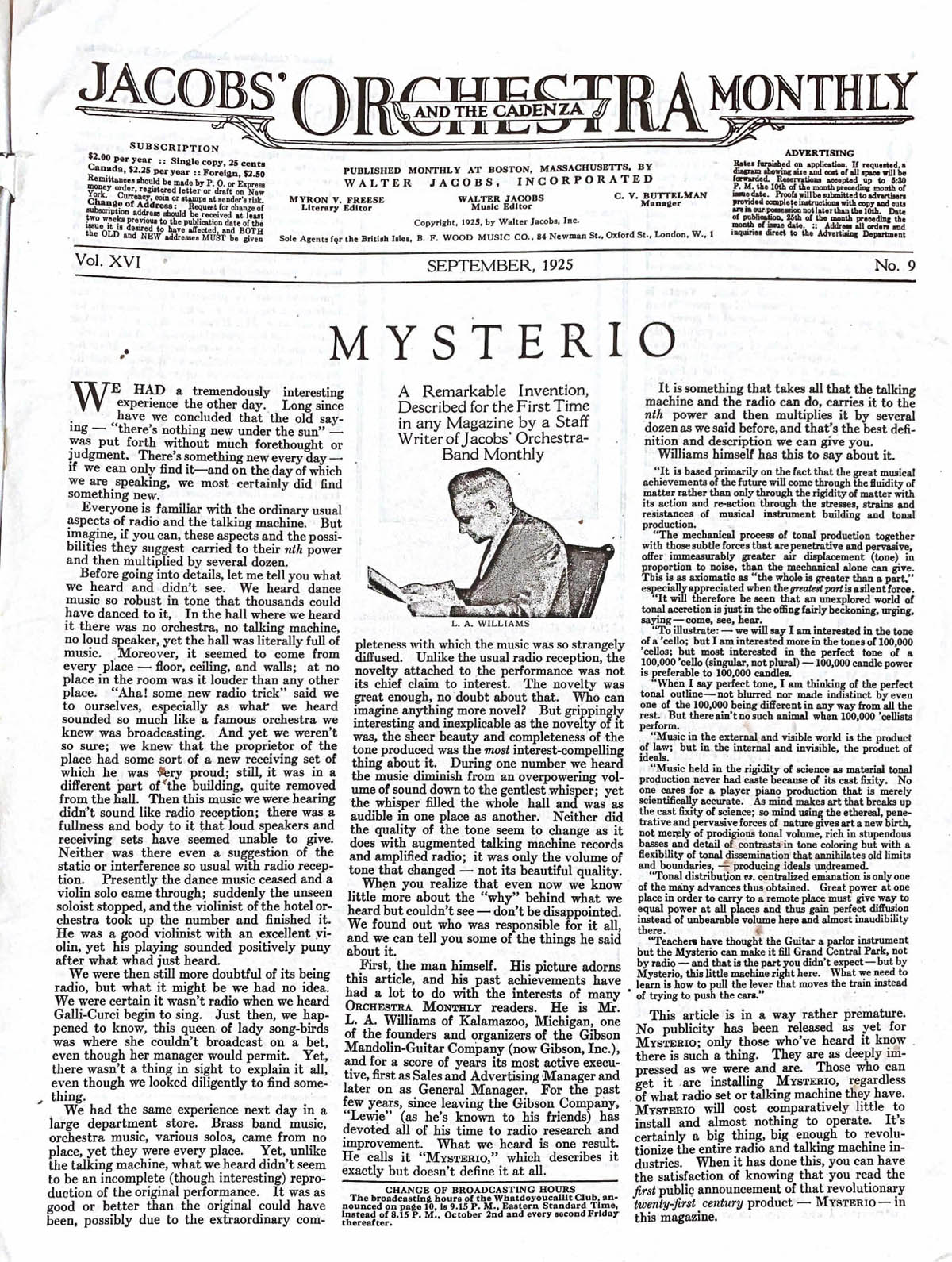
Were they talking about the first electric guitar? It certainly seems like it. Lewis “L.A.” Williams was Lloyd Loar’s partner in the post-Gibson electric instrument company called Vivi-Tone, which made some of the very first electric instruments In the early 1930s. It sure seems like these guys were well on their way as of September 1925!

If you’ve stuck through this to the end, then you know the deal: the past is infinitely fascinating, and we might think that we know a little bit, but in reality, we can study the past our entire lives and only comprehend a sliver of what came before us.
Anyway, that’s how I spent my day: immersed In the musical culture of America, one hundred years ago. It was a pretty Interesting place….MYSTERIOUS, even!
